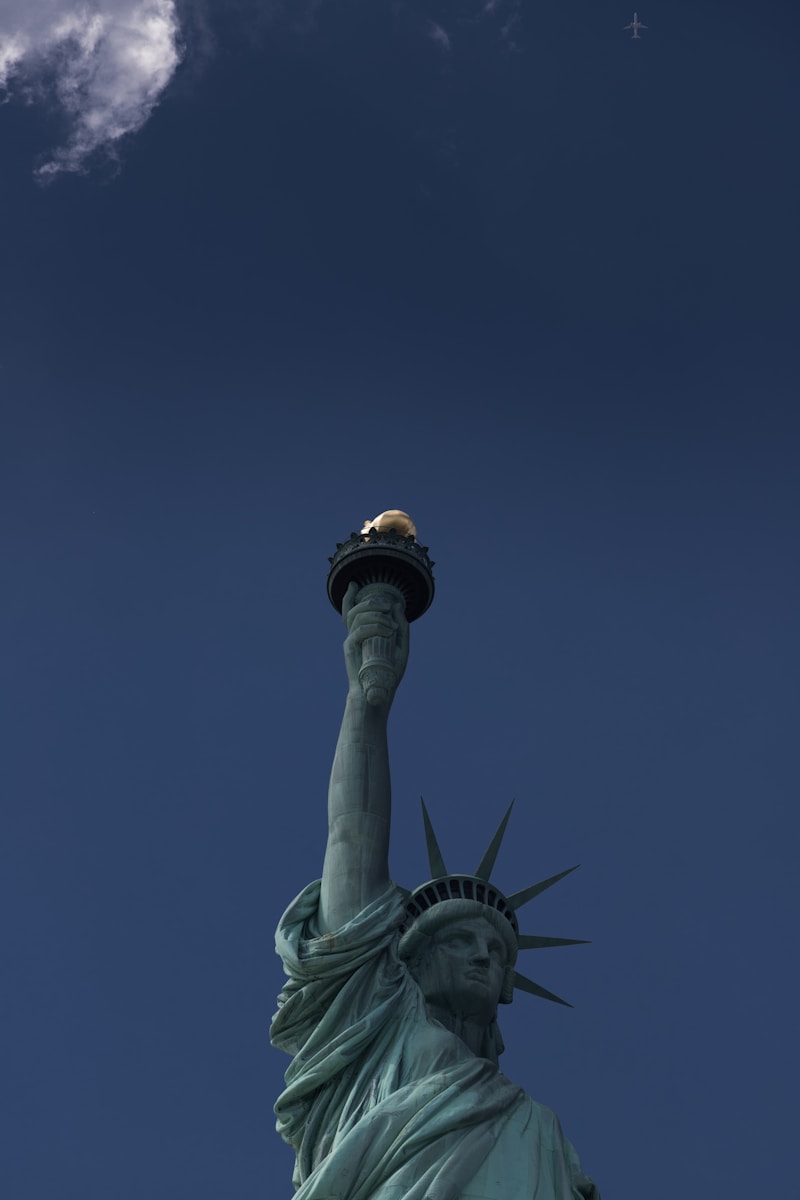Key Takeaways
- Great powers shape global rules and structures
- They use economics, diplomacy, and law as well as force
- The concept began after the Peace of Westphalia in 1648
- The Cold War split the world into two superpowers
- Today’s multipolar world blends rivalry and cooperation
Introduction Great powers stand out by shaping not only their regions but the entire world order. They set the rules, norms, and structures that all states follow. Unlike smaller states, they can influence global trade, security, and diplomacy. For example, the United States and China now compete on many fronts. Yet they must also work together on issues like climate change and pandemics. In this article, we explain what defines a great power and how the idea evolved.
What Defines a Great Power First, a great power has material strength. This includes a sizable economy and a capable military. Next, it wields political influence far beyond its borders. It can form alliances and sway votes in international bodies. Moreover, it can shape global norms and laws. For instance, a great power might push for trade rules that favor its industries. Finally, it uses a mix of tools. These include economic pressure, legal arguments, and diplomatic talks.
Early History of the Idea The notion of great powers emerged in Europe. It grew after the 1648 Peace of Westphalia. That treaty enshrined state sovereignty and set the stage for modern diplomacy. Then, after the 1815 Congress of Vienna, leading states agreed on a balance of power. They promised to negotiate rather than dominate through force. As a result, the legitimacy of state control began to rest on a country’s ability to keep the peace. This shift marked a key change in international politics.
The Rise of Modern Great Powers In the 19th century, five states led Europe in a system called the Concert of Europe. Britain, France, Austria, Prussia, and Russia cooperated to manage regional disputes. They balanced their power to avoid major wars. At the same time, they exported their influence overseas. Through imperial expansion and trade, these states shaped norms in Asia, Africa, and the Americas. Their example showed how great powers could set global rules without outright conquest.
The Era of Superpowers In the 20th century, the world saw two true superpowers emerge. The United States and the Soviet Union reached unmatched levels of economic and military might. They led opposing ideological camps in the Cold War. Each formed military alliances and sought to expand its model of governance. This rivalry influenced every corner of the globe. Small states often had to choose sides. For example, many nations joined either NATO or the Warsaw Pact in Europe.
Shift to a Unipolar World With the Soviet collapse in 1991, the United States stood alone as the sole superpower. This period became known as the unipolar moment. The U.S. led in building liberal institutions. It expanded free trade agreements and supported multilateral bodies. American influence shaped global norms on democracy and human rights. Yet this era also showed the limits of unipolar power. Some interventions faced pushback, and other states began seeking new ways to balance U.S. dominance.
The Rise of Multipolarity Today, the unipolar era is over. China has grown into a near peer of the United States. It now challenges U.S. influence in areas such as trade, technology, and military strategy. Russia, though less strong economically, still plays a major role in regional conflicts. Other powers, such as India and the European Union, also shape parts of the global system. This shift to multiple centers of power has rekindled complex rivalries and alliances.
Regional Powers Versus Great Powers Not all influential states qualify as great powers. Regional powers like Turkey, Brazil, and Australia have strong local sway. They address neighborhood conflicts and drive regional trade. However, they lack the global reach to rewrite international rules. Great powers can set norms that apply worldwide. Regional powers focus on local stability. They may act as mediators in broader disputes but do not dominate the overall system.
Challenges of the Modern Multipolar World In a fluid multipolar world, no single power can enforce its will alone. Great powers must balance rivalry and cooperation carefully. For instance, the U.S. and China compete on technology and trade. Yet they cooperate on climate change efforts. Economic interdependence binds them together. At the same time, they try to gain an edge through investment and infrastructure projects. Similarly, global issues such as pandemics demand joint solutions. These challenges force great powers to work together even in rivalry.
Moreover, advanced technology has spread widely. Cyber tools and space assets now exist in many hands. This diffusion of power limits any single state’s ability to dominate. Transnational issues like climate change and health crises cross borders. No country can solve them alone. As a result, great powers must engage in multilateral forums. They need to build coalitions and respect emerging powers too.
Conclusion Great powers remain the architects of the world order. Their unmatched capacity to project influence shapes global norms and structures. From the Peace of Westphalia to today’s multipolar landscape, their role has evolved. They now rely on economic, diplomatic, and legal tools as much as military strength. In the coming years, they will balance competition with cooperation. Ultimately, their actions will drive the future of global politics.

